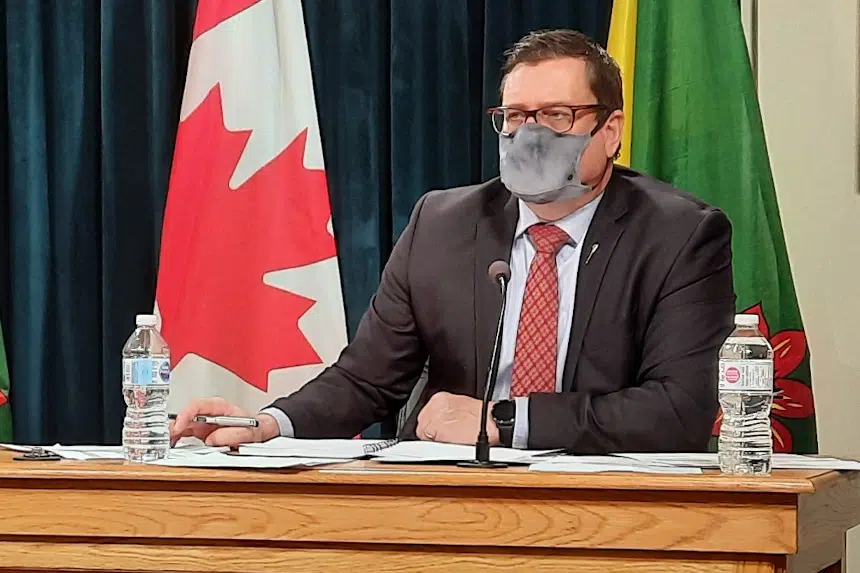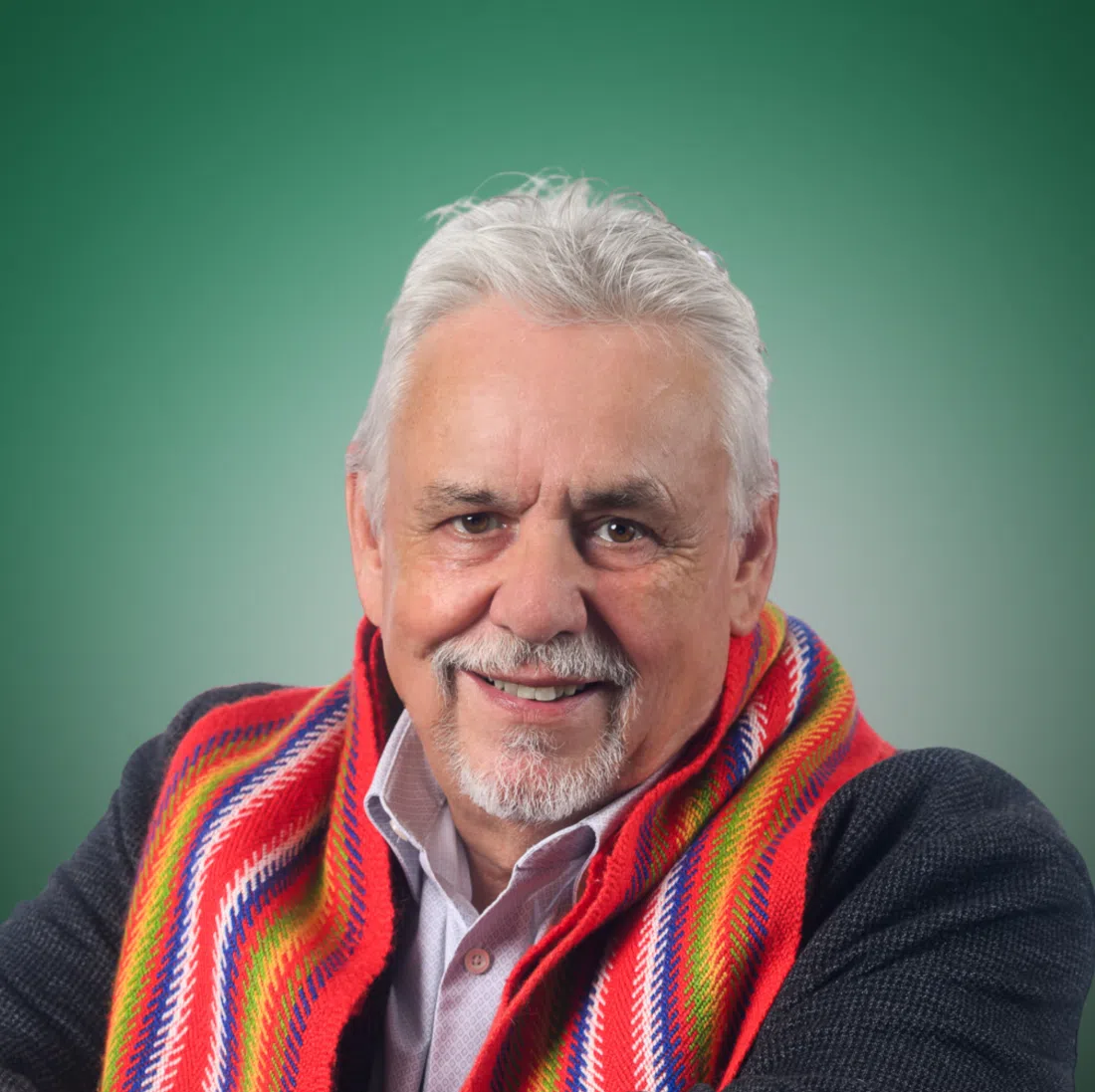Saskatchewan is changing the rules around isolation as it tries to move the province’s residents towards living with COVID-19 like any other respiratory virus.
“We’re moving gradually to living with COVID in terms of a self-management approach to COVID-19,” Saskatchewan’s chief medical health officer, Dr. Saqib Shahab, said during a conference call with reporters Thursday.
The changes are to take effect Friday.
Those who get a positive result from a PCR or rapid antigen test will have to self-isolate for five days regardless of their vaccination status.
Previously, unvaccinated residents who tested positive had to self-isolate for 10 days.
Those who have COVID can leave isolation after five days or 48 hours after symptoms end, whichever is later.
Health Minister Paul Merriman said policy is changing around COVID all the time and government has had to adapt to what it’s seeing and what the data is showing.
“What we’re seeing right now is … that Omicron is completely different than Delta and we have to adapt our policies and our self-isolation right now to be able to make sure that we’re dealing with this wave the best we possibly can,” Merriman said.
“Reducing (the self-isolation period) from 10 down to five does not mean that COVID has gone away. It has not gone away — and I want to be very clear about that — but how we are dealing with it is continuously evolving.”
As well, close contacts of positive cases will no longer have to self-isolate, regardless of their vaccination status.
Close contacts are being told to self-monitor for symptoms for 10 days after contact with the positive case, but they can go to work or school while self-monitoring.
They’re also being urged to use rapid antigen tests to do what a media release called “asymptomatic surveillance.” Those tests are recommended immediately after contact and again on days three and five of the self-monitoring.
Close contacts should self-isolate if they become symptomatic and must self-isolate if they test positive.
“Parents and caregivers are no longer required to notify schools about positive test results for the purposes of close contact notification,” read the news release. “Those who test positive are required to self-isolate and will be absent from school and activities for the duration of the self-isolation period.”
Shahab compared the changes to H1N1 and said they move the province’s response to COVID closer to its response to the pandemic in 2009.
“With H1N1, we did not have widespread access to home testing. With COVID we do have — and I think we are uniquely positioned in Canada to have had wide, easy access to home testing that should be fully utilized as described,” said Shahab.
With Omicron’s high infection rate and its lower severity, Shahab compared it to influenza, saying that even in years where the flu vaccine is well-matched, residents in long-term care and those with depleted immune systems are at higher risk. But there are treatments like antivirals that can be used – similar to what is currently available for COVID.
Shahab said this support and self-management approach will have to be used to balance any risk of community transmission while at the same time reducing the burden on patient and contacts.
“Ultimately, so many of us on any given time are notified as a contact that it’s really not feasible for us to continue to isolate every time we are a close contact,” said Shahab.
Anyone who currently is self-isolating for 10 days because they’re an unvaccinated positive case or a close contact of a case can change their self-isolation period as of noon Friday if they’re asymptomatic. People who are symptomatic must keep self-isolating until their symptoms abate.
Merriman said the current public health orders around masking and vaccine passports are currently in place until the end of February. The government would have to look at those in a few weeks.
“As we’re seeing that Omicron is continually evolving, we’re going to continue to evolve as government to make sure that any public health restrictions or any guidelines that the government is doing is meeting the needs of what Omicron is putting in front of us,” said Merriman.
Shahab said people who work with high-risk individuals, like those in health care and long-term care may have different requirements. The Saskatchewan Health Authority said it’s reviewing the government’s changes but its current return to work policy will stand for the time being. That policy keeps an unvaccinated worker who is a close contact away from work for at least 11 days. The return to work guide for health care workers doesn’t specify any isolation time for a vaccinated worker who is deemed a close contact.











